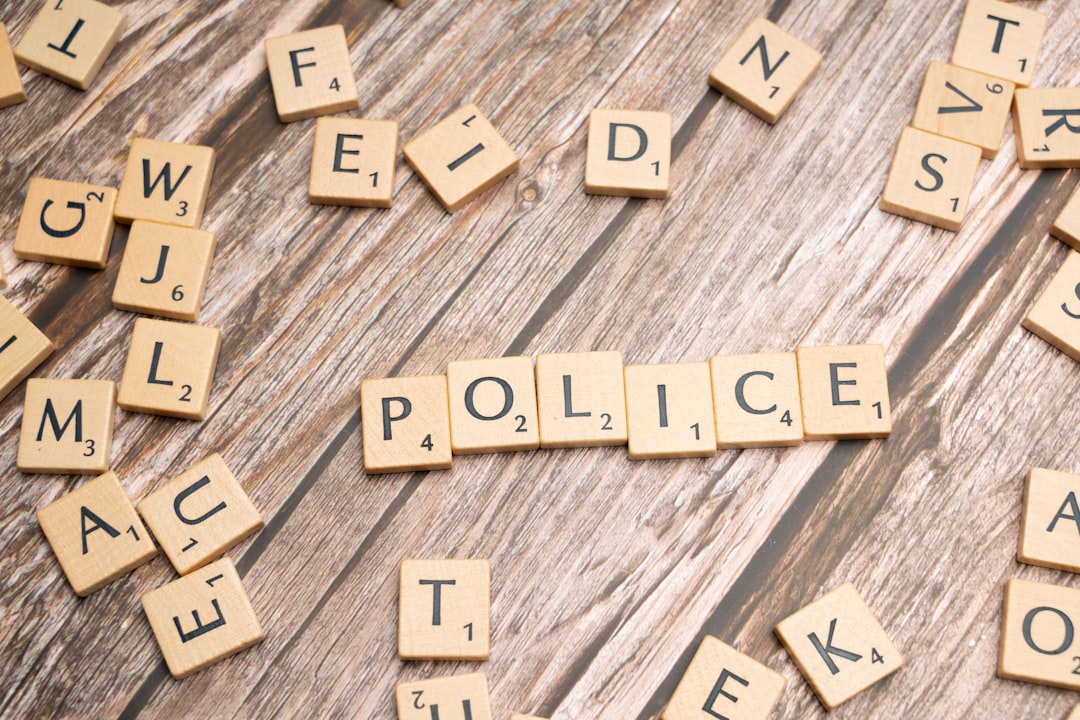Understanding the Police: Roles, Structures, and Challenges
Introduction
The police force is a fundamental institution in societies around the world, tasked with the maintenance of public order, enforcement of laws, prevention of crime, and protection of citizens. While the specific structure, powers, and responsibilities of police organizations may vary between countries and even cities, their core mission revolves around safeguarding communities and upholding justice. This article explores the history, duties, organizational structure, recruitment and training, challenges faced by police forces, and the evolving nature of policing in the 21st century.
1. Historical Background
Policing has roots stretching back thousands of years. The word "police" comes from the Greek "polis," meaning city or community, embodying the idea of civic administration. Ancient civilizations—such as Mesopotamia, Egypt, and Rome—had forms of law enforcement. In early England, policing duties fell on local constables and watchmen. The first modern, organized police force was established in London in 1829 by Sir Robert Peel, whose "Peelian Principles" still guide policing philosophy today.
Table 1: History of Modern Police Development
| Year | Country | Milestone |
|---|---|---|
| 1829 | United Kingdom | Metropolitan Police founded (London) |
| 1845 | United States | NYPD established (New York City) |
| 1862 | Australia | Victoria Police established |
| 1919 | India | Indian Imperial Police reorganized |
| 1945 | Germany | Post-war re-establishment of police forces |
2. Main Roles and Functions
Policing encompasses numerous roles, which can be summarized into several broad categories:
Table 2: Core Police Functions
| Function | Description |
|---|---|
| Crime Prevention | Patrolling neighborhoods, community engagement, deterring criminal activity |
| Law Enforcement | Investigating crimes, apprehending suspects, executing warrants |
| Public Order | Managing crowds, responding to protests, controlling riots, event security |
| Emergency Response | Attending to accidents, natural disasters, and medical emergencies |
| Investigations | Gathering evidence, interviewing witnesses/suspects, building cases for prosecution |
| Support Services | Victim assistance, youth outreach, crime prevention education |
| Traffic Control | Enforcing road laws, investigating collisions, managing vehicle flow |
3. Organizational Structure
Police forces typically follow a hierarchical structure, although the details depend on national and local practices.
Typical Police Hierarchy
| Rank | Typical Roles |
|---|---|
| Chief/Commissioner | Overall leadership and policy direction |
| Deputy Chief | Assists the chief, oversees specific divisions |
| Superintendent | Area or division commander |
| Inspector | Manages squads or units (e.g., detective, traffic) |
| Sergeant | Supervises patrol officers and junior staff |
| Officer/Constable | General law enforcement duties |
| Civilian Staff | Administration, forensic analysts, IT support |
Specialized divisions such as homicide, cybercrime, drug enforcement, and K-9 units are common in larger forces. Some countries also have national investigative agencies (e.g., the FBI in the USA or CID in the UK) for major crimes.
4. Recruitment, Training, and Equipment
Recruitment and Training
Entry into police service usually involves rigorous selection, including background checks, physical fitness tests, psychological evaluations, and examinations. Recruits attend police academies where they receive training in:
- Criminal law and procedures
- Defensive tactics and de-escalation
- Firearms proficiency
- Community relations and ethics
- First aid and emergency response
- Traffic control
Continuous professional development is encouraged, especially in areas like technology, mental health crisis response, and cultural sensitivity.
Equipment
Police officers use a variety of tools according to their duties. Standard equipment includes:
Table 3: Common Police Equipment
| Equipment | Purpose |
|---|---|
| Uniform & Badge | Identification and authority |
| Firearm | Lethal force (where permitted) |
| Baton | Non-lethal self-defense |
| Handcuffs | Restraining suspects |
| Radio | Communication |
| Body Camera | Recording interactions for evidence/transparency |
| Vehicle | Patrolling, transporting suspects |
| Protective Gear | Shields, helmets for riot or dangerous situations |
| Taser/Pepper Spray | Non-lethal compliance |
5. Challenges and Criticisms
Policing is a complex, often dangerous profession, facing multiple challenges:
- Public Trust and Accountability: Incidents of excessive force or corruption erode confidence; many departments now use body cameras and independent review boards.
- Use of Force: Balancing law enforcement with respect for civil rights remains a key issue.
- Mental Health: Officers often deal with individuals in crisis without sufficient training or resources.
- Workplace Stress: Exposure to trauma, long hours, and bureaucratic pressures contribute to high stress and mental health issues among officers.
- Community Relations: Building strong, positive relationships with diverse communities is an ongoing challenge, essential for effective policing.
- Technology and Cybercrime: The rise of digital crimes demands new skills and specialized units.
6. The Future of Policing
Modern policing continues to evolve in response to societal changes, new threats (such as cybercrime and terrorism), and calls for reform. Trends likely to shape the future include:
- Community Policing: Focus on partnership with citizens to solve local problems.
- Intelligence-led Policing: Using data analytics to predict and prevent crime.
- Emphasis on De-escalation: Training to peacefully resolve conflicts.
- Transparency and Oversight: Expanding the use of body cameras and independent accountability measures.
- Specialized Units: Enhanced focus on digital crime, counter-terrorism, and social services partnerships.
Conclusion
The police play a vital role in maintaining safety and justice. As societies evolve, police forces must continue to adapt, embracing new technologies, approaches to community engagement, and higher standards of transparency and accountability. Understanding their roles, challenges, and developments enables citizens to participate more thoughtfully in public discussions regarding law enforcement and public safety.
Further Reading
- "Policing: A Short History," by Clive Emsley
- "The Peelian Principles," UK Home Office
- International Association of Chiefs of Police (IACP) Resources
Tables have been embedded to provide key information at a glance, aiding in a comprehensive understanding of the complexities and realities of modern policing.
